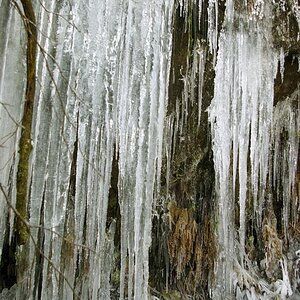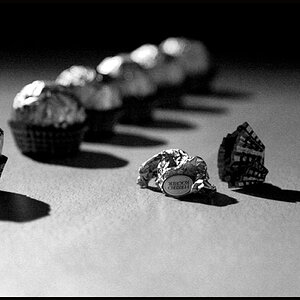adamhiram
No longer a newbie, moving up!
- Joined
- Feb 6, 2015
- Messages
- 858
- Reaction score
- 576
- Can others edit my Photos
- Photos OK to edit
I have been using shoot-through and bounce umbrellas with speed lights for a few years, and am looking to pickup a gridded softbox for better quality of light and control over spill. I am partial to round modifiers, and have been looking at the Glow ParaPop soft boxes with grid. Big thanks to the couple people I've already spoken with directly on here that use these, your thoughts were definitely appreciated.
The 2 constraints I have are that I am looking for something I can use with existing speed lights, and they need to be somewhat portable/collapsible. I don’t have a dedicated studio space and don’t do portrait work too often, so it doesn’t make sense for me to invest in larger strobes, not to mention being on a budget and needing to be able to store everything easily.
My main question is whether to go with the 28” or 38” version to use with a Nikon SB-700 or Yongnuo YN-560 IV speed light. I would prefer the larger one, but I'm not sure if that’s practical given my constraints. My other questions pertain to “why?”, as I am hoping to come away from this discussion a little wiser.
There certainly seem to be plenty of octoboxes made specifically for use with speed lights. These include the Glow softboxes I am looking at, Westcott’s smaller RapidBox modifiers and Apollo Orb, Impact makes speed rings for use with their soft boxes that can mount 1 or 2 speed lights, and of course there’s the option of using a speed light mount for Bowens, which would fit pretty much any modifier with a Bowens mount.
The main issue seems to be flash power, however I have found quite a bit of conflicting data.
Thank you for any input!
The 2 constraints I have are that I am looking for something I can use with existing speed lights, and they need to be somewhat portable/collapsible. I don’t have a dedicated studio space and don’t do portrait work too often, so it doesn’t make sense for me to invest in larger strobes, not to mention being on a budget and needing to be able to store everything easily.
My main question is whether to go with the 28” or 38” version to use with a Nikon SB-700 or Yongnuo YN-560 IV speed light. I would prefer the larger one, but I'm not sure if that’s practical given my constraints. My other questions pertain to “why?”, as I am hoping to come away from this discussion a little wiser.
There certainly seem to be plenty of octoboxes made specifically for use with speed lights. These include the Glow softboxes I am looking at, Westcott’s smaller RapidBox modifiers and Apollo Orb, Impact makes speed rings for use with their soft boxes that can mount 1 or 2 speed lights, and of course there’s the option of using a speed light mount for Bowens, which would fit pretty much any modifier with a Bowens mount.
The main issue seems to be flash power, however I have found quite a bit of conflicting data.
- I have come across a few rules of thumb, which suggested limiting soft box size to around 24”x24” square, or around 26” for an octobox. Other articles have focused on the fact that larger modifiers are perfectly usable, especially if you bump up the ISO a little.
- I also also came across this post from a few years back that seemed to contradict the various rules of thumb I read about elsewhere.
- SMDV, who makes the speed rings for the Glow ParaPop modifiers, seems to imply that their “Speedbox” modifiers are intended for speed lights up to about 70cm (28”), and then move up to their “Alpha” series intended for strobes and monolights for larger sizes. Perhaps that is a good indicator that I should stick with the smaller version.
- Westcott’s RadpidBox modifiers are designed to work with a single speed light up to 26”, then support dual speed lights in their larger 32” “Duo” version. Yet another indicator that perhaps I am better off with the smaller version.
- On the other hand, DIYPhotography recently posted a great tutorial for nighttime portraits using the 38” ParaPop and other large modifiers with a speed light on very low power. The author had to bump up the ISO a little, but again, not a big deal.
- Lastly, I’m able to use a 46” shoot through umbrella with a SB-700 as my primary light source with no issues. I can even overpower the sun at f/8 and ISO 100 at around 1/2 power. If a single speed light can light a 46” shoot-through umbrella, why couldn’t it also light a 38” octobox? I’m aware that the 2nd diffuser cuts down on some light, but it seems like I’d still be okay at full power, and that’s only if I need to overpower the sun or insist at shooting at base ISO. Neither of those are a hard requirement.
Thank you for any input!


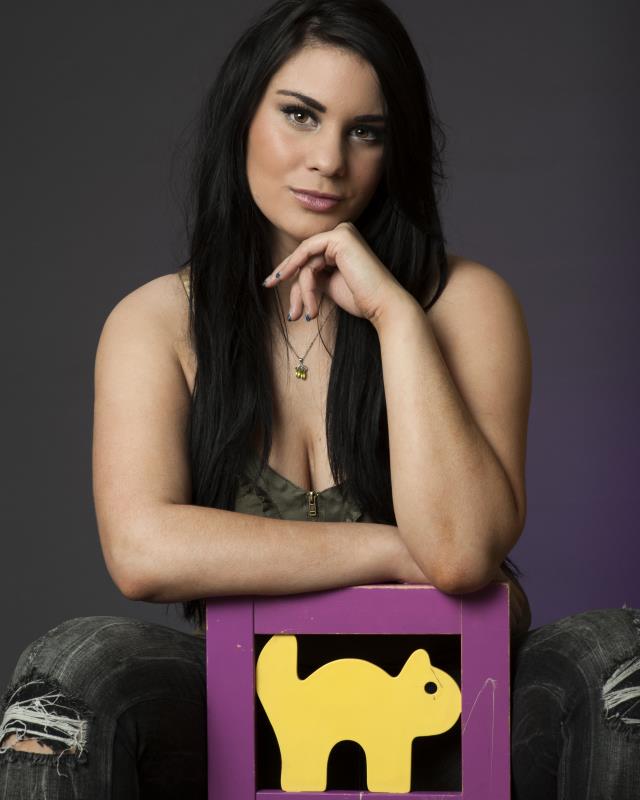
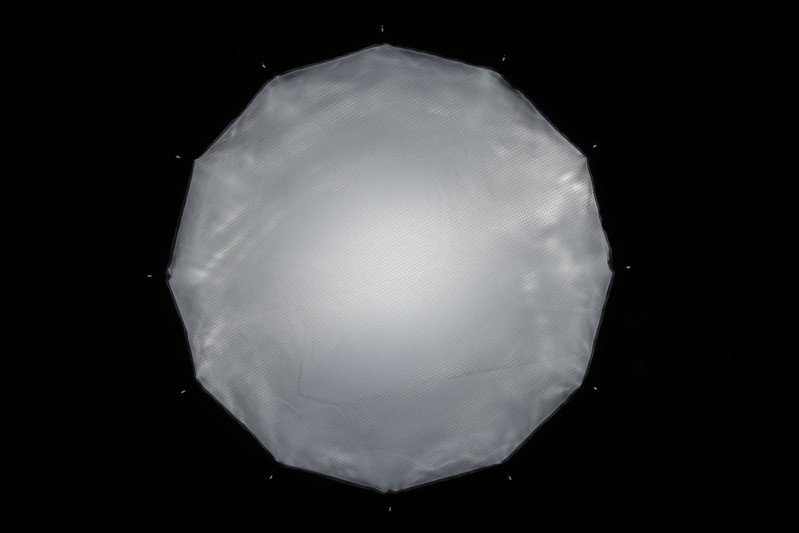

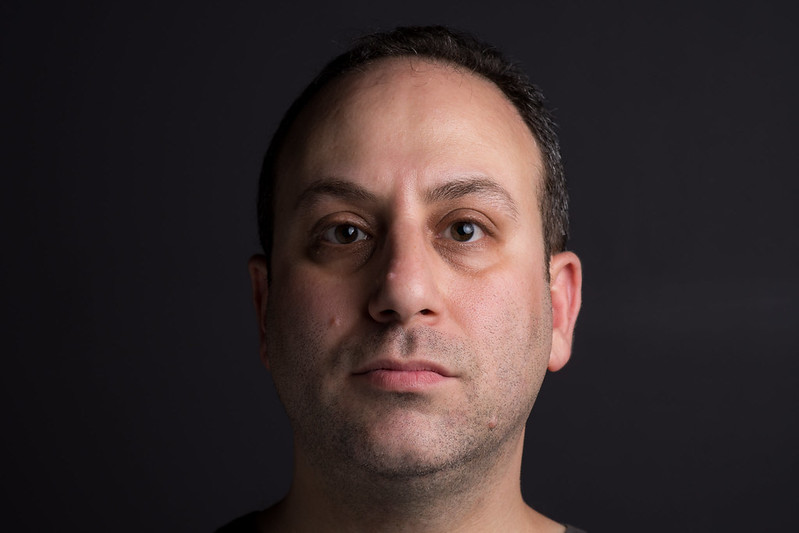
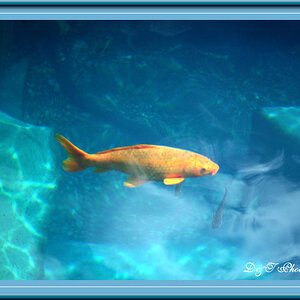
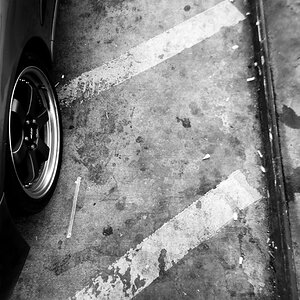
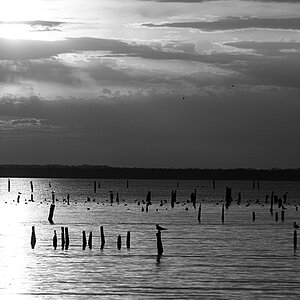



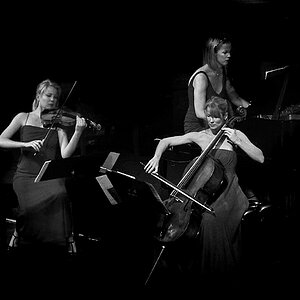
![[No title]](/data/xfmg/thumbnail/31/31754-af76ae89cc75bd1855937374ff359efe.jpg?1619734992)
![[No title]](/data/xfmg/thumbnail/31/31755-9bffabfa76f6307bcd78f535b2421cb5.jpg?1619734993)
